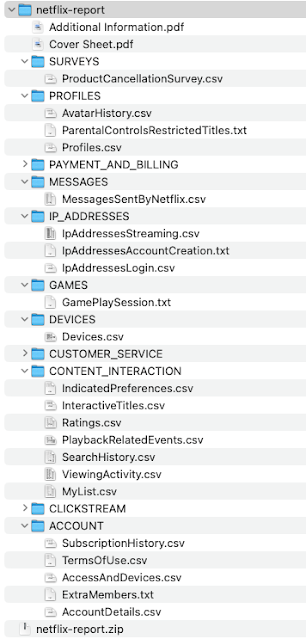The CliftonStrengths model, formerly known as StrengthsFinder, is a psychological tool developed by Donald O. Clifton, Ph.D., along with Gallup researchers. It's designed to help individuals identify, understand, and maximize their unique strengths. In essence, the model is built on the premise that every person possesses a distinct combination of talents, knowledge, and skills (referred to as "strengths") that can be leveraged to achieve success and fulfillment in both personal and professional life.
Purpose of the CliftonStrengths Model
The primary purpose of the CliftonStrengths model is to facilitate personal and professional development by shifting the focus from remediation of weaknesses to the enhancement of natural talents. The model posits that individuals can achieve more, be more engaged, and feel more fulfilled when they understand and apply their strengths. It encourages a strengths-based approach to development, where individuals and teams invest time and energy in what they naturally do best, rather than trying to improve areas of weakness.
Usefulness of the CliftonStrengths Model
Personal Development: By identifying their unique strengths, individuals can tailor their personal growth efforts towards areas where they have natural potential, leading to more efficient and effective development.
Career Advancement: Understanding one's strengths allows for better alignment with roles or tasks that match an individual's natural talents, leading to increased job satisfaction, performance, and career progression.
Team Dynamics and Performance: Teams that understand and leverage the diverse strengths of their members can improve collaboration, innovation, and productivity. The model helps in assigning roles and responsibilities that align with each member's strengths, enhancing overall team effectiveness.
Leadership Development: For leaders, the CliftonStrengths model provides insights into how to motivate and develop their team members by recognizing and cultivating each individual's strengths, rather than focusing solely on addressing weaknesses.
Organizational Culture: Adopting a strengths-based approach can foster a positive organizational culture that values diversity, encourages continuous learning, and promotes well-being by allowing employees to do what they do best every day.
Implementation
Implementing the CliftonStrengths model involves individuals taking an assessment that measures their natural patterns of thinking, feeling, and behaving, resulting in the identification of their top strengths from a list of 34 themes. These themes are categorized into four domains: Executing, Influencing, Relationship Building, and Strategic Thinking. Understanding these themes and domains helps individuals and teams to strategize and execute tasks more effectively, capitalizing on the natural talents present within the group.
Your CliftonStrengths report highlights a unique combination of talents that are highly beneficial for leadership roles in technology and innovation, especially as you aspire to Group CTO, CIO, VP, or Director positions. Here's an analysis based on the strengths identified:
Learner: Your innate desire to continuously improve and embrace the process of learning is crucial for staying ahead in the fast-evolving tech sector. This trait enables you to quickly adapt to new technologies and methodologies, ensuring your organization remains competitive.
Arranger: The ability to organize and optimize resources for maximum productivity is essential for executing complex projects and managing cross-functional teams. Your flexibility complements your organizational skills, allowing you to effectively adapt to changing priorities and challenges.
Restorative: Your knack for problem-solving is invaluable in technology leadership. The ability to identify and resolve issues swiftly can enhance system reliability and innovation, contributing to the overall success of your organization.
Strategic: The capacity to spot relevant patterns and issues and to think several steps ahead is critical for strategic planning and decision-making. This strength supports the development of forward-thinking strategies that can steer your organization towards long-term success.
Individualization: Recognizing and leveraging the unique qualities of each team member can foster a more productive and collaborative work environment. This strength is key to building diverse teams that can innovate and operate efficiently.
Recommendations for Job Roles:
Given your strengths, roles that require continuous learning, strategic thinking, and the ability to manage and optimize resources effectively would be ideal. Positions such as Group CTO, CIO, VP of Engineering, or Director of Technology Innovation would suit your profile. These roles demand a leader who can not only envision the future of technology within the organization but also inspire and orchestrate teams to achieve these visions through innovative solutions and strategic planning.
Your profile suggests that you possess the qualities needed for these high-level roles, with a strong foundation in both problem-solving and team management. Focusing on positions that leverage your ability to learn, adapt, and strategize will not only align with your strengths but also position you to make significant impacts within your organization.





